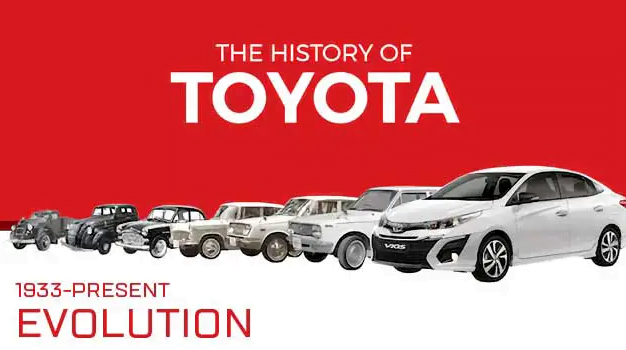Toyota, a name synonymous with innovation and reliability in the automotive industry, has a rich history of producing groundbreaking vehicles. From the inception of its first car to the latest iteration, Toyota has continuously evolved to meet the ever-changing needs of drivers worldwide. In this comprehensive guide, we delve into the fascinating journey of Toyota cars, highlighting their new versions and revolutionary advancements.
The Beginning
The story of Toyota’s automotive prowess dates back to 1936 when the company introduced its first passenger car, the AA. With its sleek design and robust engineering, the AA set the stage for Toyota’s future success in the automobile market. As the years passed, Toyota rolled out a series of innovative models, including the iconic Land Cruiser and the compact Corolla, solidifying its position as a global automotive leader.
Innovations and Milestones
Throughout its history, Toyota has been at the forefront of automotive innovation, introducing groundbreaking technologies and features that have redefined the driving experience. From the introduction of the Prius, the world’s first mass-produced hybrid car, to the development of advanced safety systems like Toyota Safety Sense, the company has consistently pushed the boundaries of what’s possible in the automotive industry.
The New Versions
Today, Toyota continues its legacy of excellence with the introduction of its latest car models, each representing the pinnacle of automotive engineering and design. Among these new versions, the Toyota Corolla has undergone a significant transformation, boasting cutting-edge features such as hybrid powertrains and advanced infotainment systems. Similarly, the Toyota Camry has been reimagined for the modern driver, offering enhanced performance and comfort without compromising on fuel efficiency.
The Inconsistencies That Fuel Toyota’s Success
It doesn’t take an executive long to see that the Toyota Production System (TPS) has helped Toyota Motor Corporation grow into one of the biggest businesses in the world. The Japanese behemoth can produce the greatest cars on the planet at the lowest possible cost because of its unconventional manufacturing method, and it can also quickly design new vehicles.
Not only have Toyota’s competitors, including Chrysler, Daimler, Ford, Honda, and General Motors, created TPS-similar systems, but institutions like hospitals and the postal service have also embraced its foundational guidelines, practices, and instruments in an effort to increase productivity. Because a community of experts in lean manufacturing have praised TPS so much and so frequently, managers now view its contribution to Toyota’s success as one of the few unchanging facts in otherwise ambiguous circumstances.
Read More | Unveiling Toyota’s Automobiles Legacy: From Origins to Future Innovations
